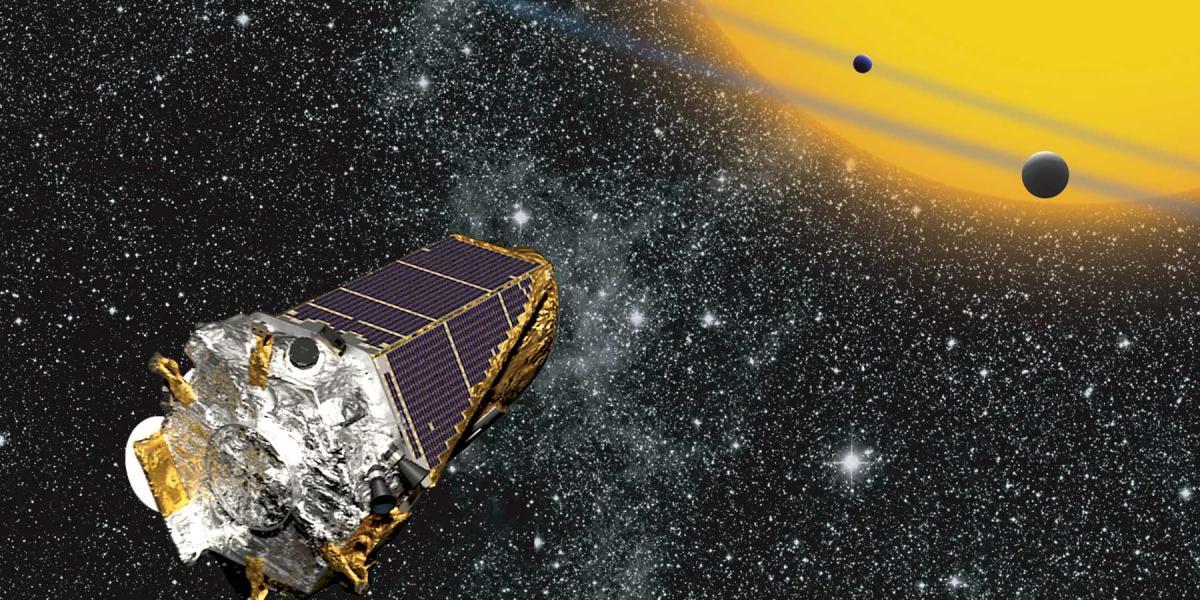There could be up to 6 billion Earth-like planets in the Milky Way according to explosive new research

Using a groundbreaking new model, scientists have calculated that there may be up to six billion Earth-like planets in the Milky Way galaxy, reviving hopes that colonization among the stars may still, one day, be viable.
So far, humanity has confirmed the existence of 4,164 exoplanets, most of which are gas or ice giants similar to Jupiter or Neptune. At present, there are an estimated 100 to 400 billion stars in the Milky Way, roughly seven percent of which are similar in composition and size to our sun. These are known as G-type main-sequence stars.
Michelle Kunimoto from the University of British Columbia (UBC) in Canada, an expert in exoplanets, applied a technique known as forward modelling to a database of 200,000 stars studied by the Kepler planet-hunter between 2009 and 2018, to see how many potential new Earths could be out there orbiting around these stars.

“My calculations place an upper limit of 0.18 Earth-like planets per G-type star,” Kunimoto, who recently discovered an additional 17 exoplanets in Kepler space telescope data, said. Previous estimates noted a frequency of between 0.2 and one potentially habitable planets per sun-like star.
“Estimating how common different kinds of planets are around different stars, can provide important constraints on planet formation and evolution theories, and help optimise future missions dedicated to finding exoplanets.”
Also on rt.com Alien life could thrive on hydrogen worlds says new study, forcing rethink of how we hunt for ETThe distances involved in the Kepler data set make it harder to spot the smaller, rocky planets similar to Earth and Mars, because we detect faraway planets based on the impact they have on their stars. The smaller the planet, the smaller the impact on its star and thus, the harder they are to spot.
While frustrating, this indicates that there are likely far more exoplanets out there than we have yet discovered using current methods.
Kunimoto simulated the full population of exoplanets around the stars observed and studied by Kepler, and marked each as 'detected' or 'missed' based on how likely it was that the forward modelling technique was to have found them.
She then compared her findings with the actual catalogue to test the accuracy of the modelling technique and found that, given the degree of accuracy contained therein, the potential maximum of exoplanets in the Milky Way is somewhere in the region of six billion planets.
Also on rt.com ‘Of course we are not alone’: Russian scientist says we’re using wrong tools to hunt for aliensThe real number will likely be much smaller, once their habitability and other factors are taken into account, but it’s a good starting point and one that inspires confidence in finding some likely candidates for colonization at some point in humanity's future.
Potentially habitable planets are defined as between .75 and 1.5 times the mass of the Earth, orbiting a G-type star at a distance of between 0.99 and 1.7 times the distance between the Earth and our sun, inhabiting the so-called Goldilocks zone where the planet could host liquid water and, therefore, life.
Think your friends would be interested? Share this story!













